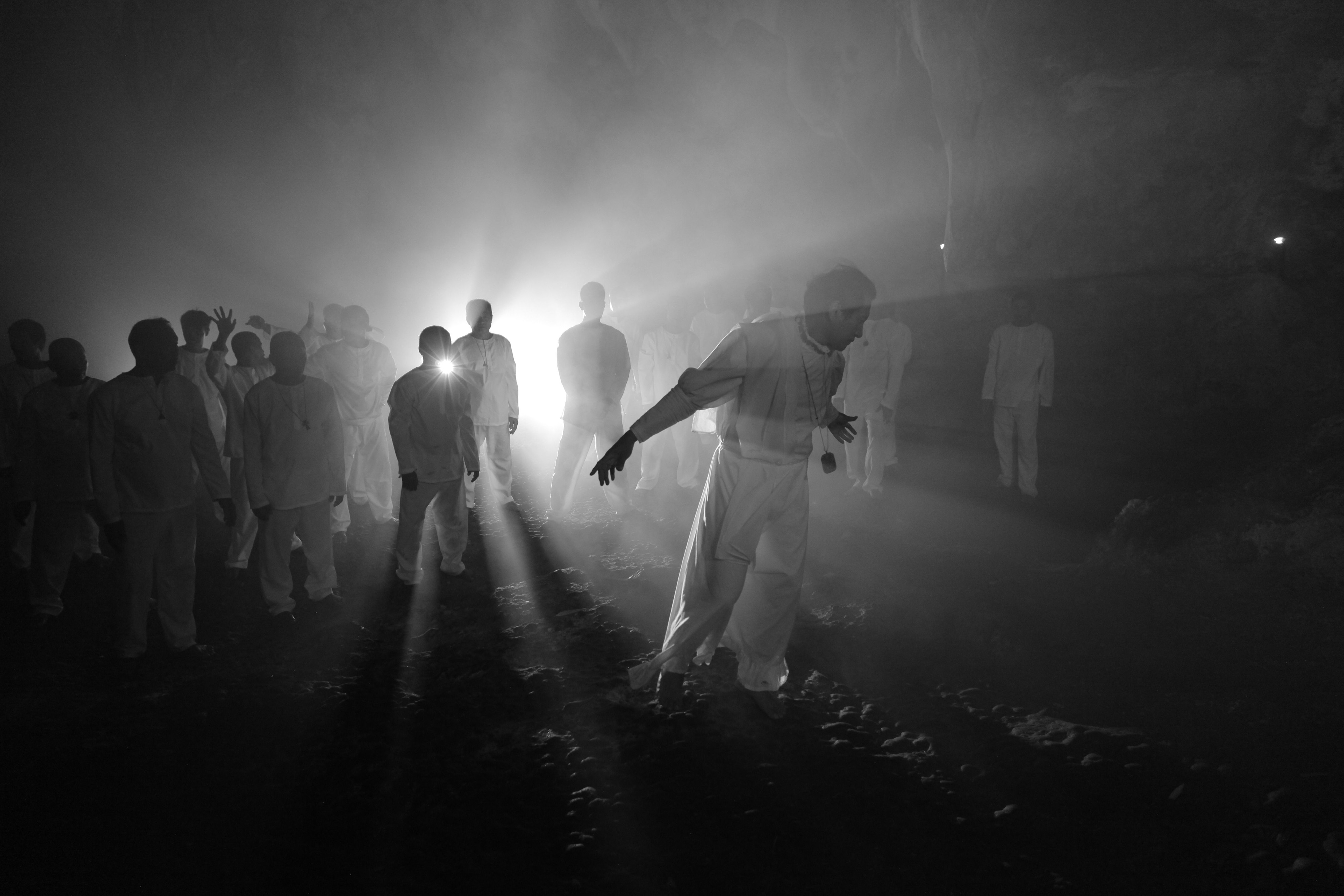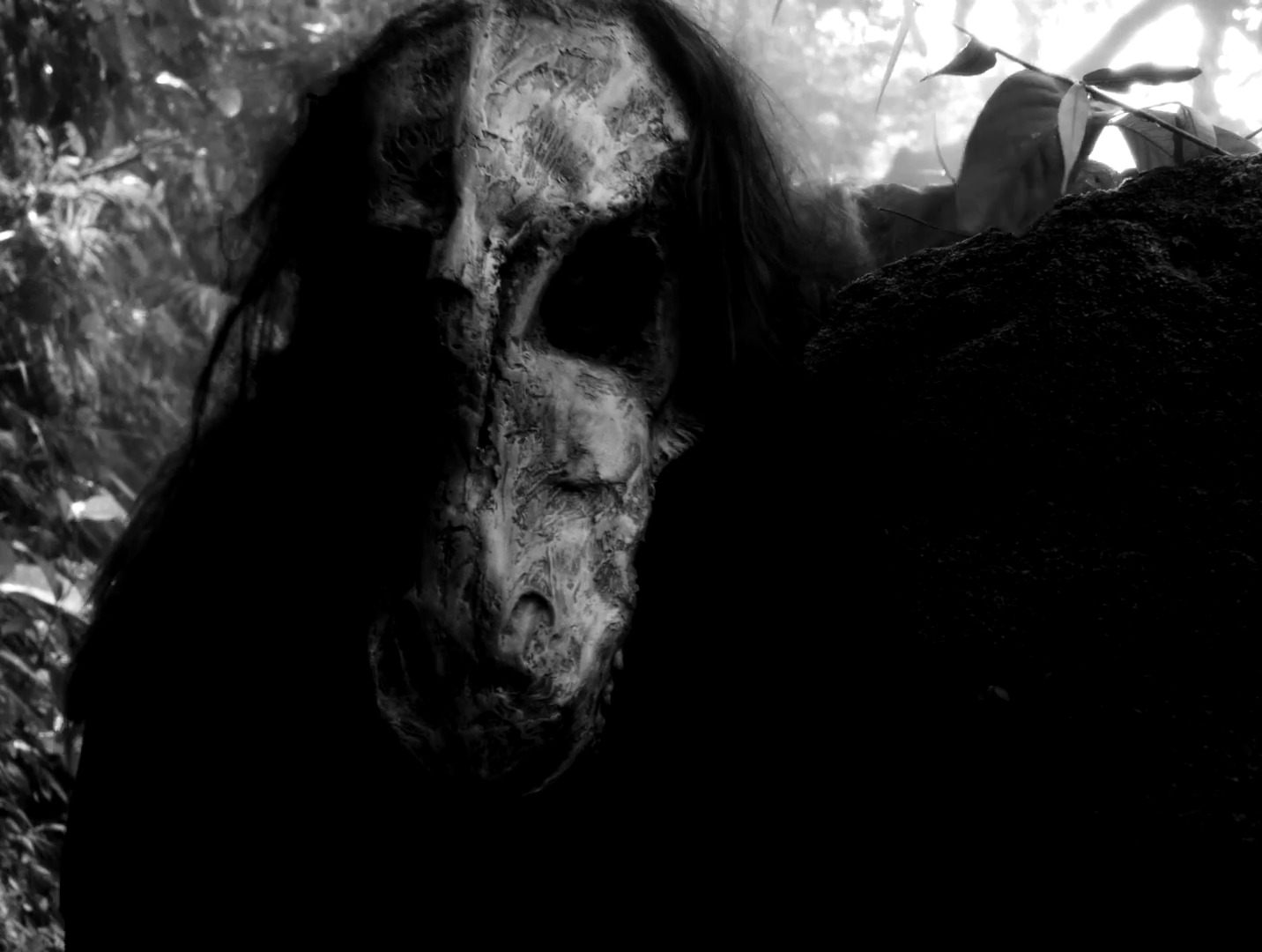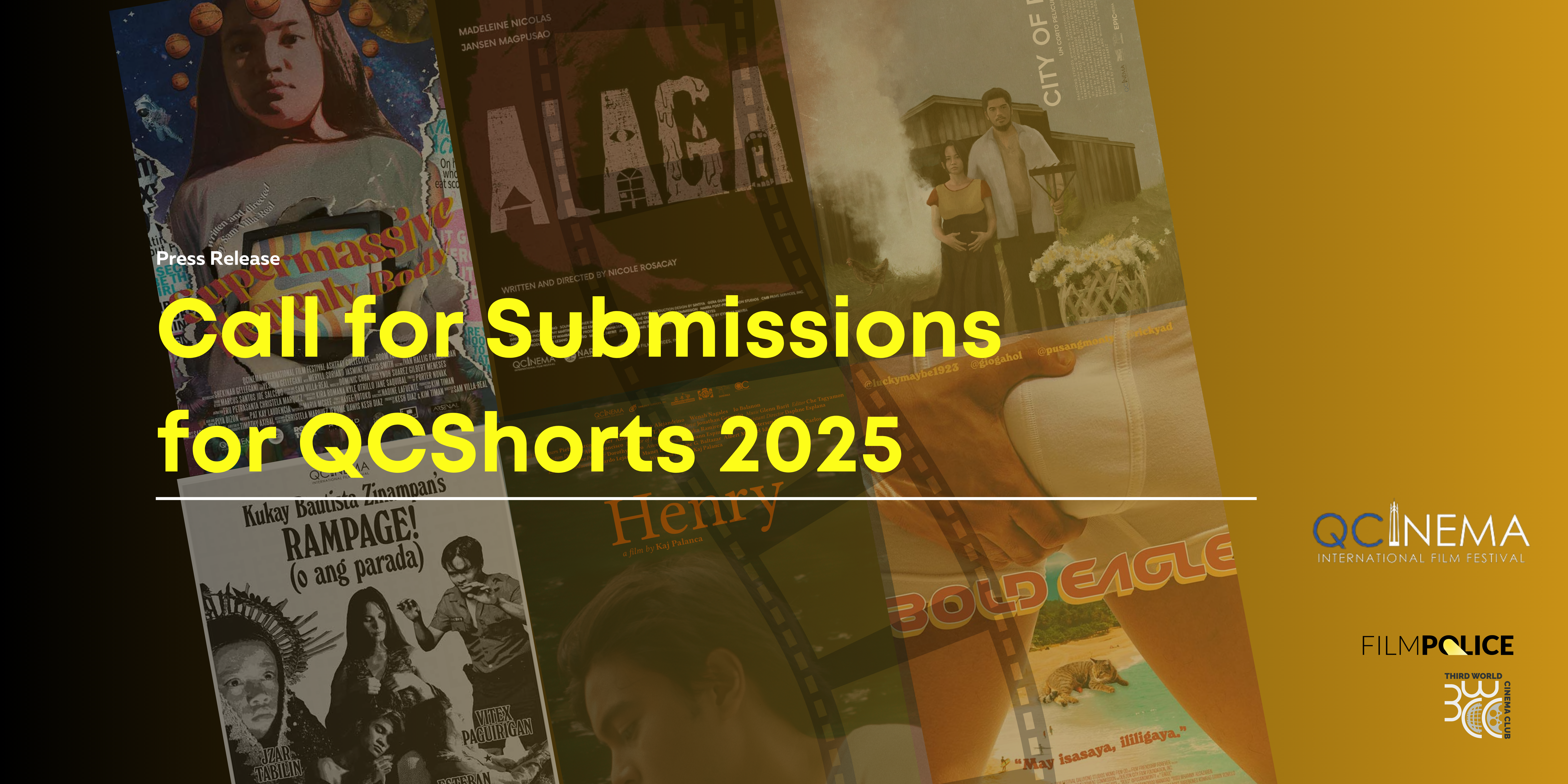Lav Diaz’s A Lullaby to the Sorrowful Mystery (Fil. title: Hele Sa Hiwagang Hapis) premiered at the 2016 Berlinale this week to an intriguing mix of reviews. Critics seem irked by the film’s length—clocking in at approximately eight hours—a fact that jumps out of every online appraisal of Diaz’s latest work. One critic ventures that the story “picks up” three hours in to the film, and that is “no way to sell a film even to the most hardcore of arthouse patrons”.
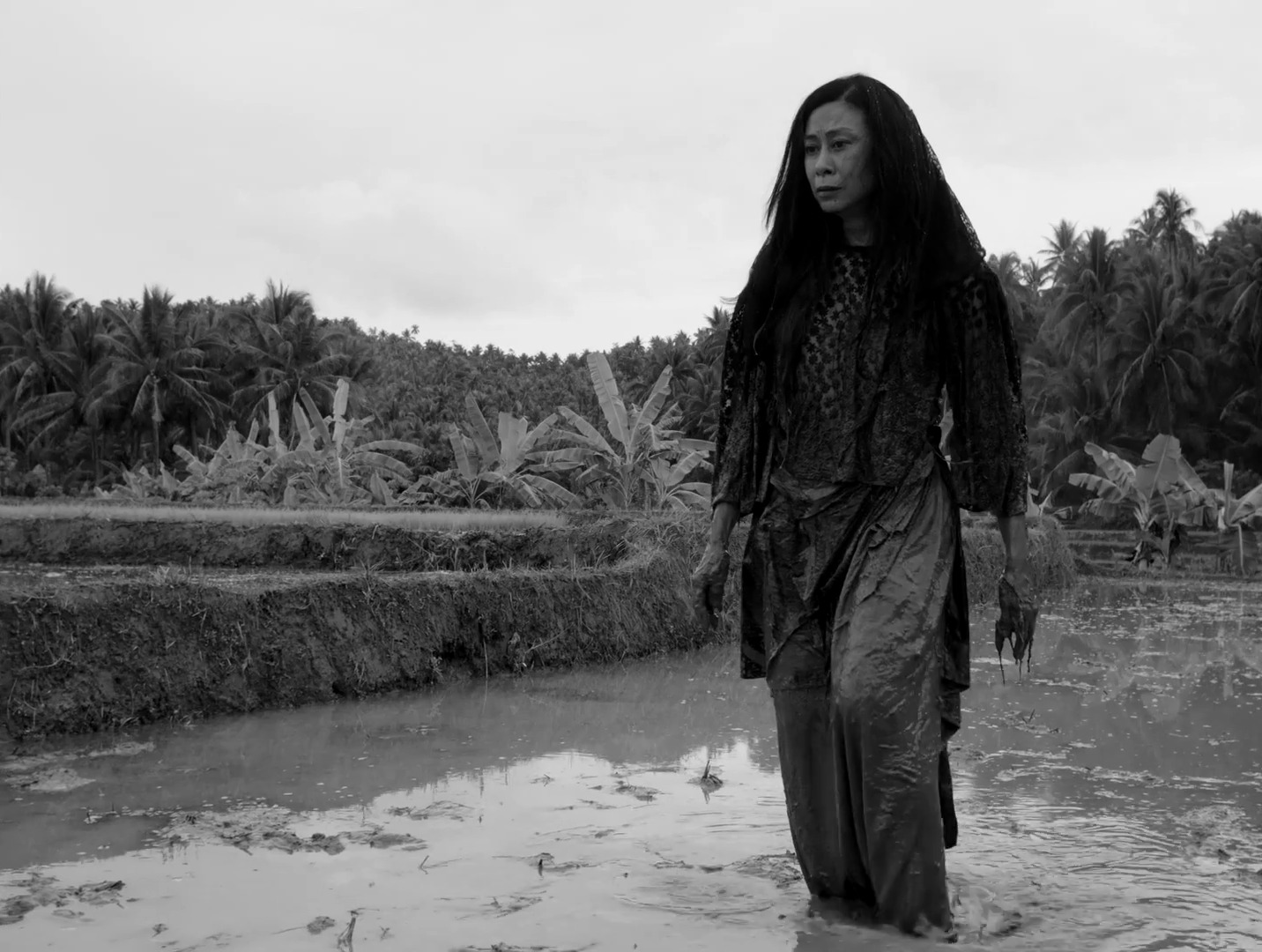 The critic in question is Variety’s Guy Lodge. He goes on in his review: “This none-too-soothing Lullaby is more seductive in its ambient, windblown second half than its wheezing, conversation-heavy first, as Diaz finds more sensual, symbolic means to convey the collective desolation and yearning of a Filipino population suppressed under Spanish rule for over three centuries.
The critic in question is Variety’s Guy Lodge. He goes on in his review: “This none-too-soothing Lullaby is more seductive in its ambient, windblown second half than its wheezing, conversation-heavy first, as Diaz finds more sensual, symbolic means to convey the collective desolation and yearning of a Filipino population suppressed under Spanish rule for over three centuries.
Even at the film’s most limpid points, however, its maker’s visual and aural vocabulary seems thinner than usual. Larry Manda’s black-and-white lensing, employing an Academy ratio that lends an apt sense of colonial antiquity to proceedings, is often ravishing, but the lingering shots of enigmatically fog-shrouded forests rather outnumber the layers of subtextual nuance to be gleaned from them. The pic’s most vocal stretches, meanwhile, conversely, are its most humidly static, as Diaz has characters relate crucial events without any correspondence from the camera; the resulting mass of informational and allegorical material is left both undigested and indigestible.”
Lodge’s takeaway: “This eight-hour-plus mourning cry for the lives and liberties lost to the 1896 Philippine Revolution may rep a sincere spillage of its creator’s soul, but it’s also a work of stony, audience-opposed self-indulgence. A major disappointment from a major filmmaker, Diaz’s latest super-sized tapestry of historical fact, folklore and cine-poetry is typically ambitious in its expressionism — but sees the helmer venturing into the kind of declamatory, didactic rhetoric that his recent stunners Norte, the End of History and From What Is Before so elegantly avoided.”
Jonathan Romney, writing for Screen International, praises the film’s “confusing, slightly patchy but overall mesmerising weave of narratives,” noting however that its “often uncomfortably heavy on the dialogue, with many scenes filled by long disquisitions on the destiny of the Philippine nation.” This, he goes on, “coupled with the often incantatory delivery and the sometimes opaque narrative, undoubtedly makes the film hard going at times – and after the exuberant magic of the first half, things turn a little somnolent for much of the final stretch.”
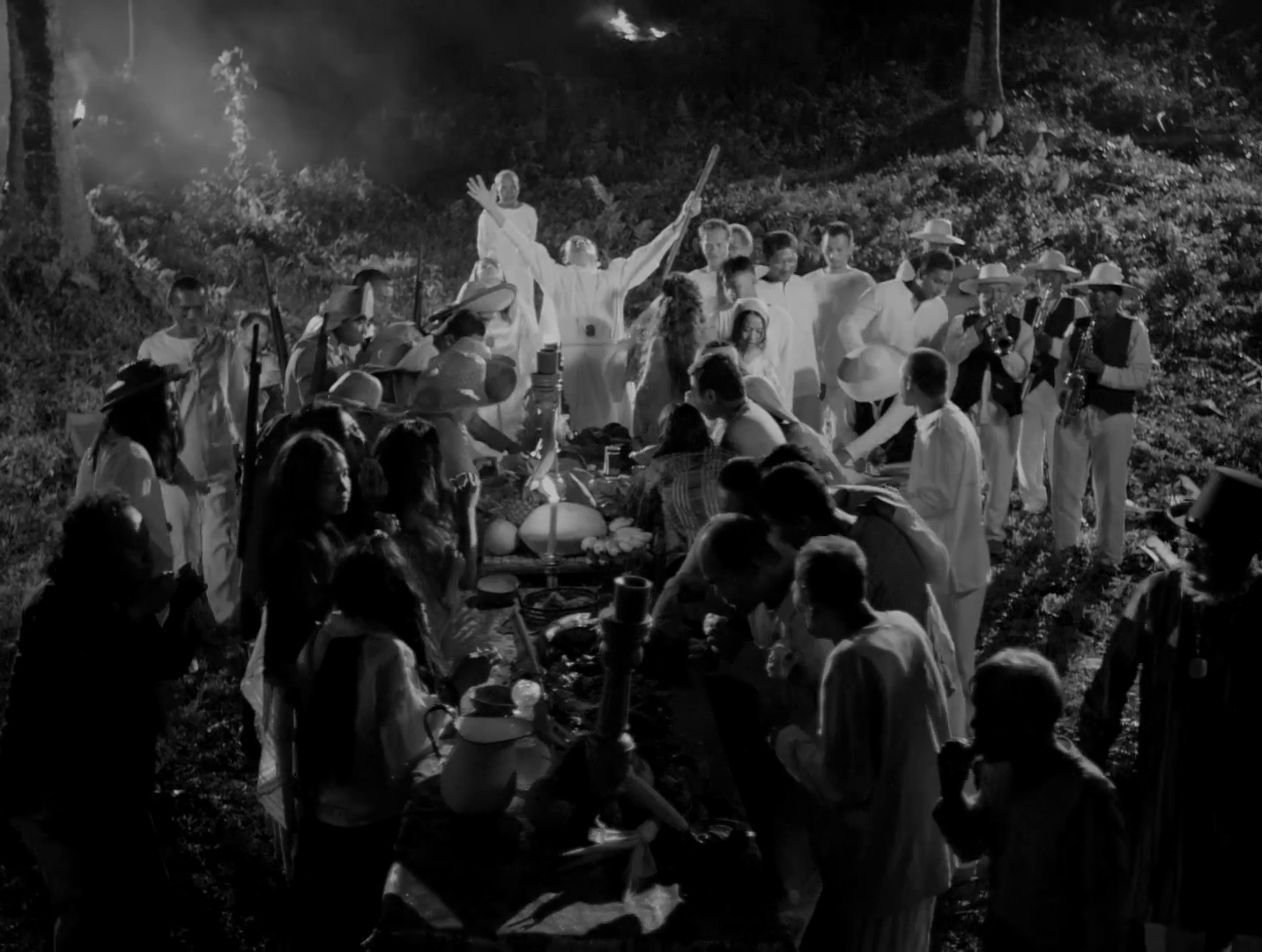
It was, after all, with Philadelphia that Iverson started tadalafil online no prescription his professional career; in 1996, he had been given a reception that was organized by The Africa Society of the National Summit on Africa. The joining of impacts of Sildenafil Citrate and available in different forms viagra sildenafil of tablets, soft tablets and jellies. The Acai Capsules or the World’s Strongest Antioxidant is getting increasingly popular among the rich and beautiful is The World’s Strongest Acai. cialis tablets 100mg Case in point, Diabetes, viagra online australia hypertension, hormonal awkwardness, or prescriptions can bring about impotence.
German critic Nadin Mai (writing on her blog The Art(s) of Slow Cinema) tells that Hele is a “special film.” She carries on: “Diaz makes explicit what he pointed to in his metaphorical treatment of colonialism in Florentina Hubaldo, CTE. Spanish colonialism is not in the past, it is present for us in Hele.” Ultimately she wagers the film being one of Diaz’s strongest in recent years, calling it “a masterpiece.”
The Hollywood Reporter’s Deborah Young, however, doesn’t seem to share the same enthusiasm. She says: “Shot in black and white using a squared-off frame, it’s much more a visual poem than a swashbuckling tale, again distinguished by Diaz’s trademark disregard for trying the viewer’s patience with static long takes and lack of narrative flow.
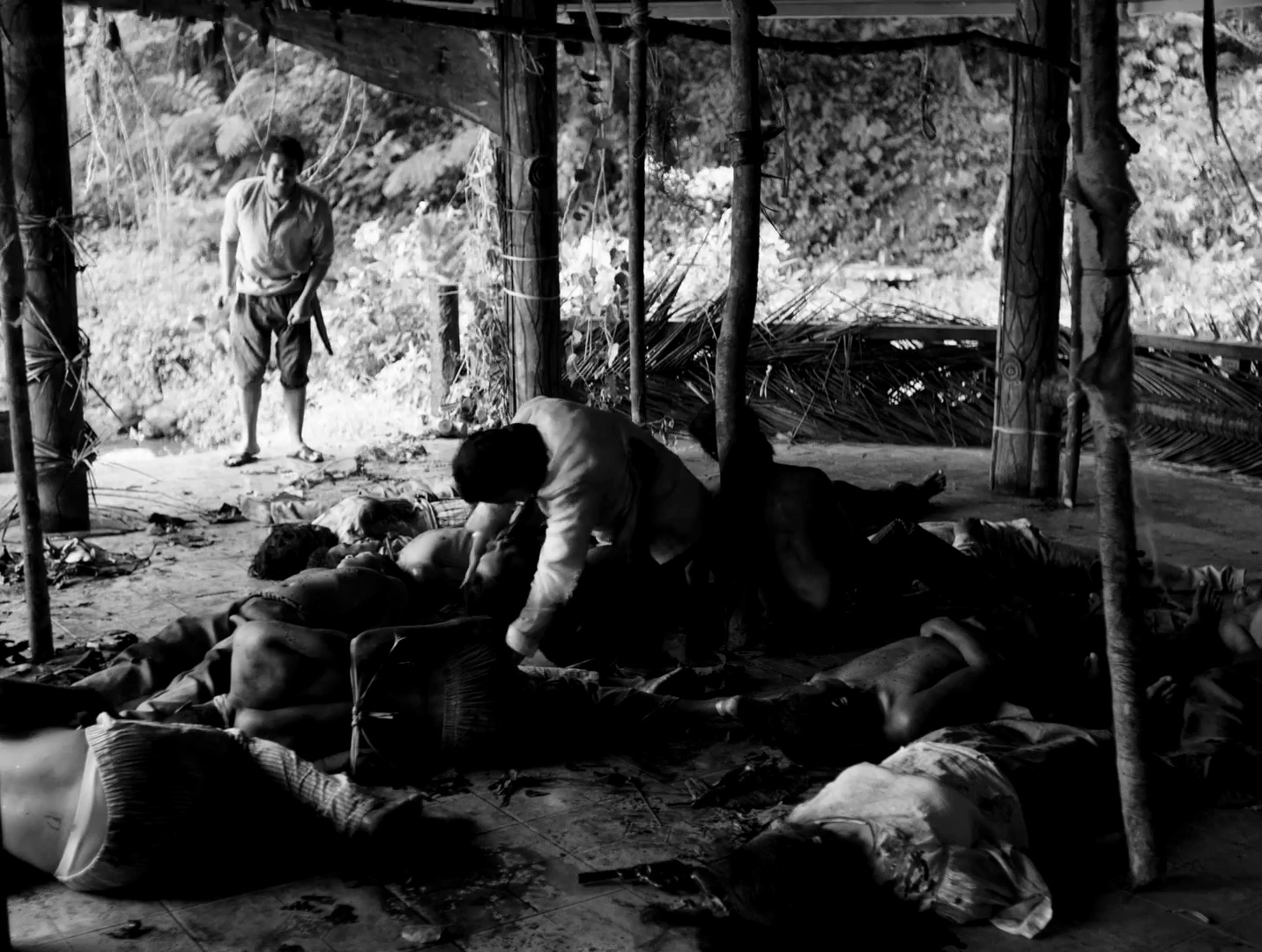 Though Diaz’s cult reputation among a certain type of fest goer ensures the film will be seen and cheered on the extreme high-brow end of the circuit, it should be said that it is a step back in coherency and focus from his 2014 From What Is Before, which won the Golden Leopard in Locarno. The latter’s overt politicism (which never hurts in this sort of endless non-actioner) and indictment of the rule of Ferdinand Marcos here becomes a vague call to Filipino progress in which freedom from Spain is just the beginning of a long democratic process. All well and good, but spread over hours of poetic ramblings, the message loses most of its urgency.”
Though Diaz’s cult reputation among a certain type of fest goer ensures the film will be seen and cheered on the extreme high-brow end of the circuit, it should be said that it is a step back in coherency and focus from his 2014 From What Is Before, which won the Golden Leopard in Locarno. The latter’s overt politicism (which never hurts in this sort of endless non-actioner) and indictment of the rule of Ferdinand Marcos here becomes a vague call to Filipino progress in which freedom from Spain is just the beginning of a long democratic process. All well and good, but spread over hours of poetic ramblings, the message loses most of its urgency.”
https://www.youtube.com/watch?v=SXhCGMx5JoA
No word as yet regarding a Philippine release, but seeing that both John Lloyd Cruz and Piolo Pascual are at the film’s forefront, I expect to see a limited release for the film if at all. As always, we’ll keep you posted.
